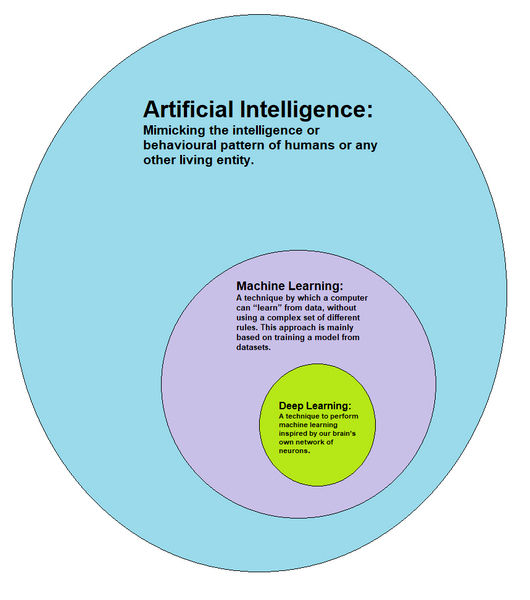An Introduction to Cryptocurrency
- tanvijanj
- Dec 16, 2022
- 2 min read
Sugar Land, TX
Cryptocurrency is a digital currency made to be traded, bought, and sold. Crypto acts as physical currency like U.S. Dollars or Euros, but it is completely digital, essentially made of numbers and letters; it uses cryptography to obtain and confirm transactions.
The first cryptocurrency, Bitcoin, was created in 2013 by an anonymous group of people by the name of Satoshi Nakamoto. Bitcoin became increasingly popular and is one of the most commonly traded crypto today. Other cryptos include Etherum, Litecoin, Dogecoin, and Tether.

To receive and send transactions requires an address, similar to an account number. A public key is used to receive and send currency, but to have access to the currency sent to an account, a private key is required, which verifies the users identity and decrypts it. Many cryptocurrencies use a public-private key to make secure transactions between people without a 3rd party. Cryptographic hash functions are how crypto is encrypted, if there an input of the smallest change, significant changes can occur in the hash function; this slows hackers. When a transaction is requested, it sends it to the nodes to approve. Nodes are devices connected to the blockchain network, they help keep crypto decentralized. When a crypto is added on a computer or device, it is a node.

Then the transaction is validated, they are referred to as a “block”. When a transaction is sent from the block, it is encrypted and is decrypted when sent to the receiver. That block is added to a blockchain of other transactions, making the transaction unchangeable. Blockchains are required for cryptocurrency to be in use. Then, this makes a ledger, a log of existing transactions.
Cryptocurrency is decentralized, meaning it’s free from 3rd party intervention and not controlled by any government organization. There is no need for an intermediate party, like PayPal or Zelle. Consumers can have cryptocurrency by receiving, buying, like fiat currency, where it circulates from the government and is exchanged for goods and services. Users can also receive crypto by mining; mining is the process of creating new currency. For example, in Bitcoin, miners have to solve complex math problems, called hashes, to receive BTC. Bitcoin is set to release a maximum of twenty-one million coins meaning Bitcoin halving will occur. Bitcoin halving is when the reward for mining halves, estimated every four years. So, the supply of BTC drops as the demand increases.
The benefits of cryptocurrency include accessibility and speed, blockchains make crypto very secure and private. However, cryptocurrency’s cons include large potential losses and illegal activities. Crypto is volatile, it’s very unpredictable because of supply and demand. The black market is heavily involved in the darker side of cryptocurrency.
Cryptocurrency has received a tremendous amount of interest over the years. Though many have supported crypto, is it most likely not going to replace fiat currency in the years to come and in the future. A research survey hosted in early 2022 shows 49% of people who investing in crypto regretted it. However, 32% of the participants were satisfied with their crypto investments. Cryptocurrency is difficult and effort consuming, and potential users should be sure to properly research in depth before investing time and money.
Check out STEM-Es Awesome Opportunities!














Comments